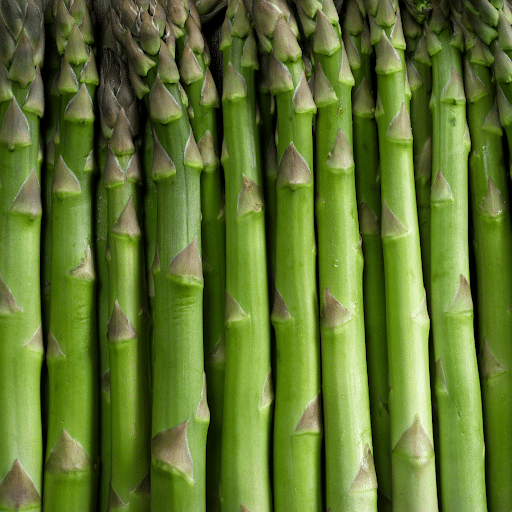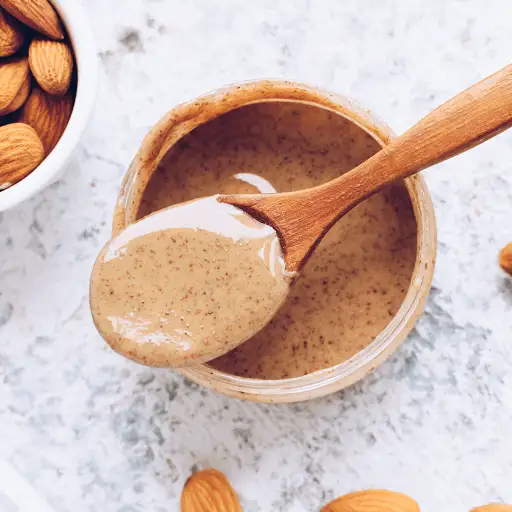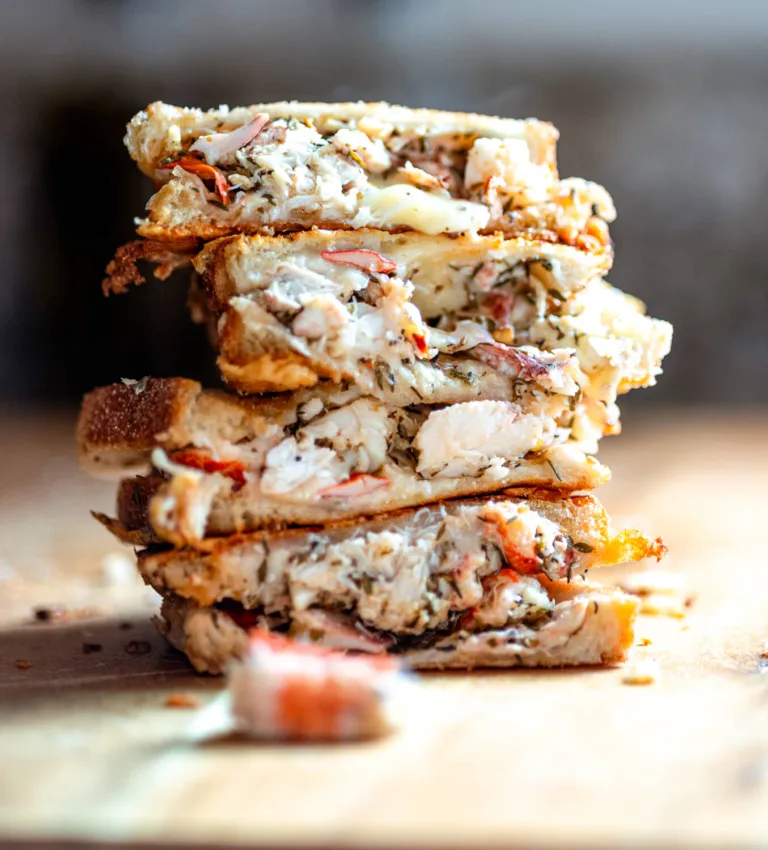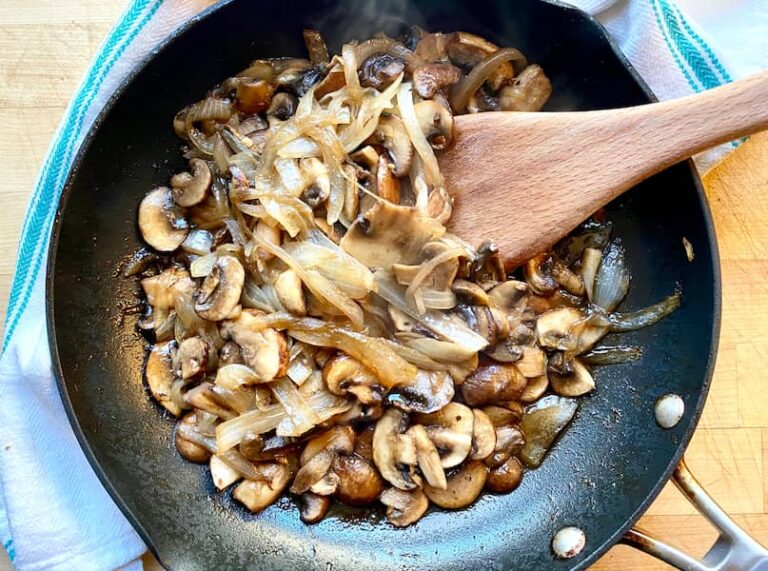If you’re like me and love cooking with fresh vegetables, you’ll know that asparagus is one of those veggies that tastes best when it’s at its peak.
Unfortunately, asparagus season doesn’t last all year, but the good news is that you can preserve its fresh flavor by freezing it.
Today, I’m going to share with you how to freeze asparagus by blanching it first, which is the best way to maintain its vibrant green color, crisp texture, and nutritional value. Let’s learn everything you need to know about asparagus and how to enjoy it year-round!

The Basics of Asparagus
Flavor and Texture
Asparagus has a unique flavor that’s slightly sweet with a hint of earthiness. Its texture is tender yet crisp, making it a versatile addition to many dishes.
Whether you’re roasting it with a little olive oil or tossing it into a stir-fry, asparagus adds a nice touch to any meal.
Choosing the Best Asparagus
When you’re at the grocery store or farmers market, look for asparagus spears that are firm, bright green, and have tightly closed tips. The thickness of the spears can vary, but both thin and thick spears are great as long as they’re fresh.
For the best quality, try to buy local asparagus during its peak season, which typically runs from April to June.
Nutritional Benefits
Asparagus is packed with nutrients. It’s a great source of vitamins A, C, and K, as well as folate and fiber. Eating asparagus can support your immune system, bone health, and digestion. Plus, it’s low in calories, making it a perfect addition to a healthy diet.
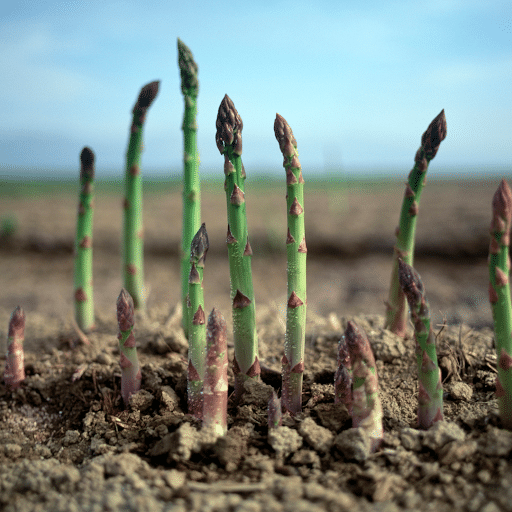
Preparing to Freeze Asparagus
Tools and Ingredients
Before we get started, you should gather the following:
- Fresh asparagus
- A large pot of boiling water
- A large bowl of ice water
- A slotted spoon
- Paper towels or a clean kitchen towel
- Parchment paper
- A rimmed baking sheet or cookie sheet
- Airtight containers or plastic freezer bags
- A permanent marker
Steps to Freeze Asparagus
- Clean and Trim the Asparagus: Rinse the asparagus under cold running water to remove any dirt or grit. Use a sharp knife to trim off the woody ends of the stalks. If you prefer, you can cut the spears into smaller pieces or keep them whole.
- Blanch the Asparagus: Blanching is an important step in preserving the quality of the asparagus. It helps to maintain its vibrant green color and crisp texture while preventing the loss of flavor and nutrients. Here’s how to do it:
- Bring a large pot of water to a rolling boil.
- Prepare a large bowl of ice water for the ice bath.
- Working in batches, add the asparagus to the boiling water. Blanching times vary based on the thickness of the spears:
- Small spears: 2 minutes
- Medium spears: 3 minutes
- Large spears: 4 minutes
- Use a slotted spoon to transfer the blanched asparagus to the ice water bath immediately. This stops the cooking process and preserves the tender texture.
- Dry the Asparagus: Once the asparagus is cool, drain it and pat it dry with paper towels or a clean kitchen towel to remove excess moisture. This step is crucial to prevent freezer burn and maintain the best quality of the frozen asparagus.
- Flash Freeze: Arrange the blanched and dried asparagus in a single layer on a rimmed baking sheet lined with parchment paper. Place the baking sheet in the freezer for about 1-2 hours, or until the asparagus is completely frozen. Flash freezing prevents the spears from sticking together, making it easier to store and use later.
- Store the Asparagus: Once the asparagus is frozen, transfer it to airtight containers or plastic freezer bags. Remove as much air as possible to prevent freezer burn. Label the containers or bags with a permanent marker, noting the date and contents. For the best results, use frozen asparagus within 8-12 months.
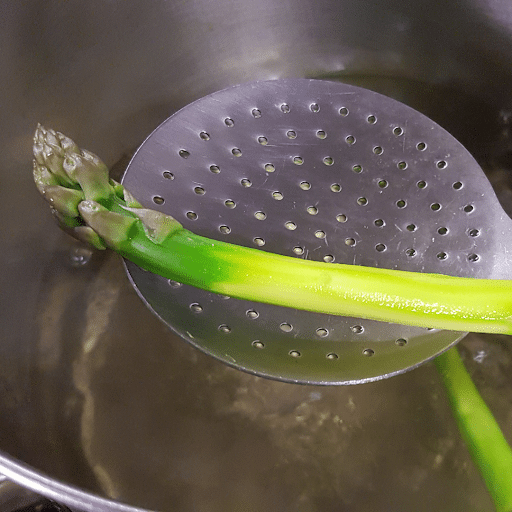
Cooking with Frozen Asparagus
Frozen asparagus is incredibly versatile and can be used in many dishes. Here are some of my favorite ways to use it:
- Stir-Fries: Toss frozen asparagus into a hot frying pan with a little olive oil, garlic, and your favorite stir-fry ingredients.
- Pasta Bakes: Add frozen asparagus to pasta dishes like pasta bakes or creamy pasta sauces for an extra burst of flavor and nutrition.
- Soups and Stews: Incorporate frozen asparagus into vegetarian soups or chilis for added texture and nutrients.
- Air Fryer Asparagus: For a quick and healthy side, cook frozen asparagus in an air fryer with a touch of olive oil and seasonings.
Tips for Best Results
- Do Not Thaw: For the best texture, cook frozen asparagus straight from the freezer without thawing. Thawing can make it mushy.
- Use a Sharp Knife: When chopping frozen asparagus, use a sharp knife to make clean cuts without crushing the spears.
- Avoid Overcooking: Since the asparagus is already blanched, it cooks quickly. Keep an eye on it to maintain its tender texture and vibrant color.
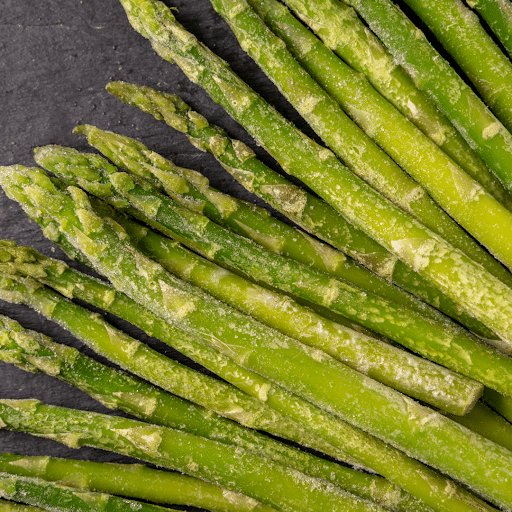
Benefits of Freezing Asparagus
Freezing asparagus is a great way to reduce food waste and ensure you have access to a nutritious vegetable year-round. It’s also a fantastic option for meal prep, as you can quickly add frozen asparagus to your dishes without the hassle of washing and trimming fresh spears every time.
Plus, freezing asparagus when it’s in season and at its peak quality ensures that you’re getting the best flavor and nutritional benefits.
Freezing asparagus is a simple and effective way to preserve its fresh flavor, vibrant green color, and tender texture. By following these easy steps, you can enjoy the taste and health benefits of asparagus all year round.
Whether you’re using it in stir-fries, pasta dishes, or as a healthy side, frozen asparagus is a convenient and versatile ingredient to have on hand. So next time you find an abundance of fresh asparagus at the grocery store or farmers market, go ahead and stock up—your future self will thank you! Happy cooking!

